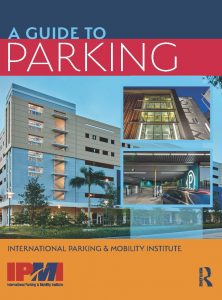 The face of commuting has changed drastically since the start of the COVID-19 pandemic last March. Hesitancy toward transportation modes that put us close together with strangers in an enclosed space, a huge increase in working from home where possible, and even lower gas prices (for a time) have seen people reconsider the way they get from home to work and play. So what does that mean for transportation demand management (TDM)?
The face of commuting has changed drastically since the start of the COVID-19 pandemic last March. Hesitancy toward transportation modes that put us close together with strangers in an enclosed space, a huge increase in working from home where possible, and even lower gas prices (for a time) have seen people reconsider the way they get from home to work and play. So what does that mean for transportation demand management (TDM)?
Stanford University still has demand for TDM. Vanpools are still running, transit is still in use, and while TDM budgets have been cut (along with so many others), there’s still a need for it, and that need will likely grow as life gets back to something resembling normal.
Brian Shaw, CAPP, executive director of parking and transportation services at the university, takes a hard look at how the commuting landscape has changed and what that means for TDM, now and looking ahead, in the current issue of Parking & Mobility. It’s a great read with lots to think about–and the perfect, sustainable kickoff to Earth Day for parking and mobility professionals. Check it out here.

